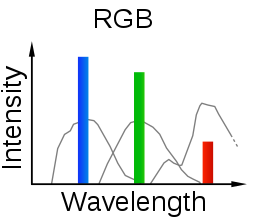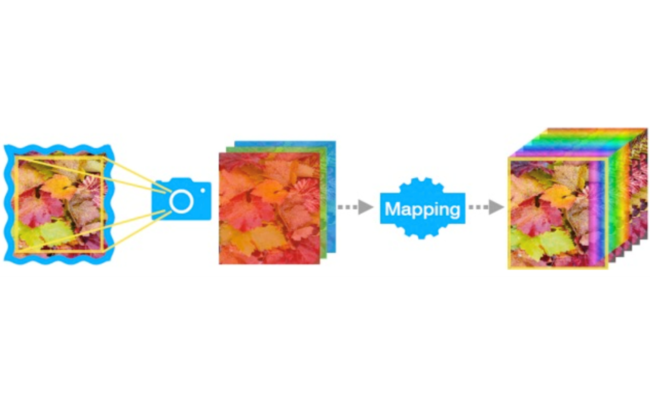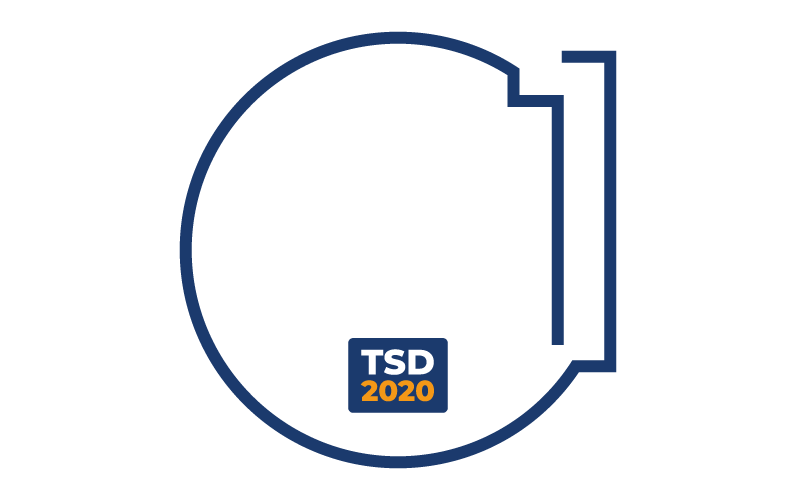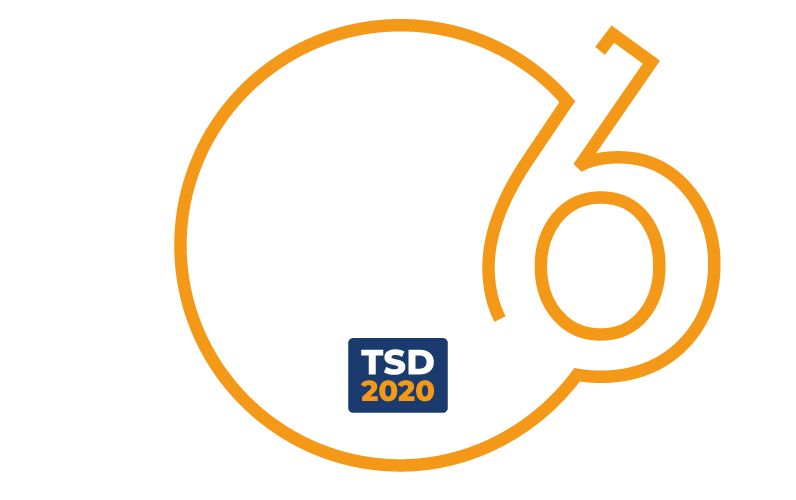Hyperspectral imaging is used or exploitable in several applications including remote sensing, astronomy, agriculture, medical image analysis, computer graphics, cosmetics, cultural heritage analysis, quality control, and accurate color reproduction of objects and artifacts.
However, the use of multispectral/hyperspectral cameras is largely limited by the cost of the devices and their technological limitations, e.g. they have a rather limited spatial resolution or do not allow the acquisition of dynamic scenes or videos.
Our method can be used not only to develop new applications that meet the requirements of acquisition speed and accuracy at extremely low costs, but also to transform applications already operating with traditional RGB mode into hyperspectral systems, which would then allow much more accurate and faithful analysis of images while maintaining the same hardware architecture.

















